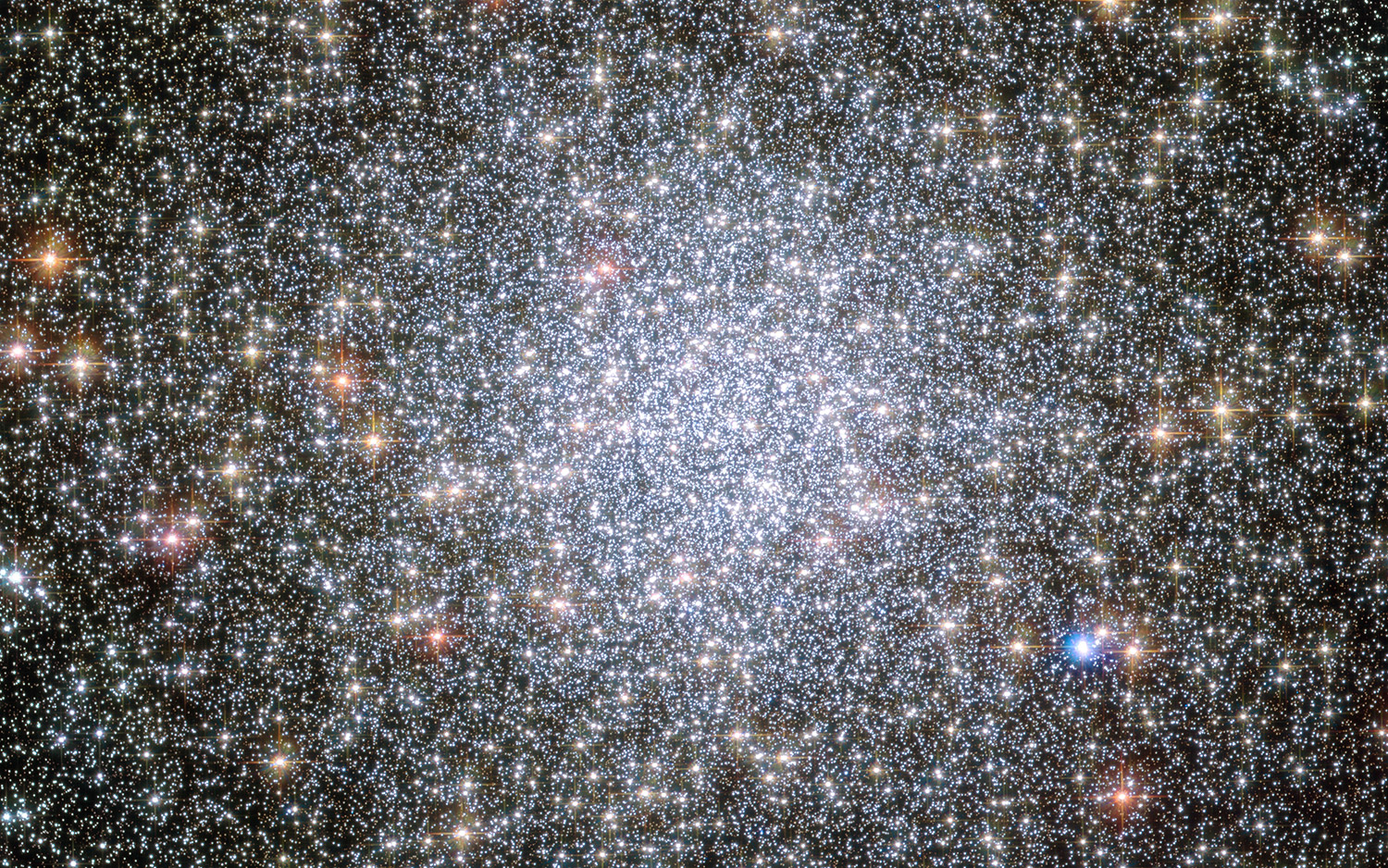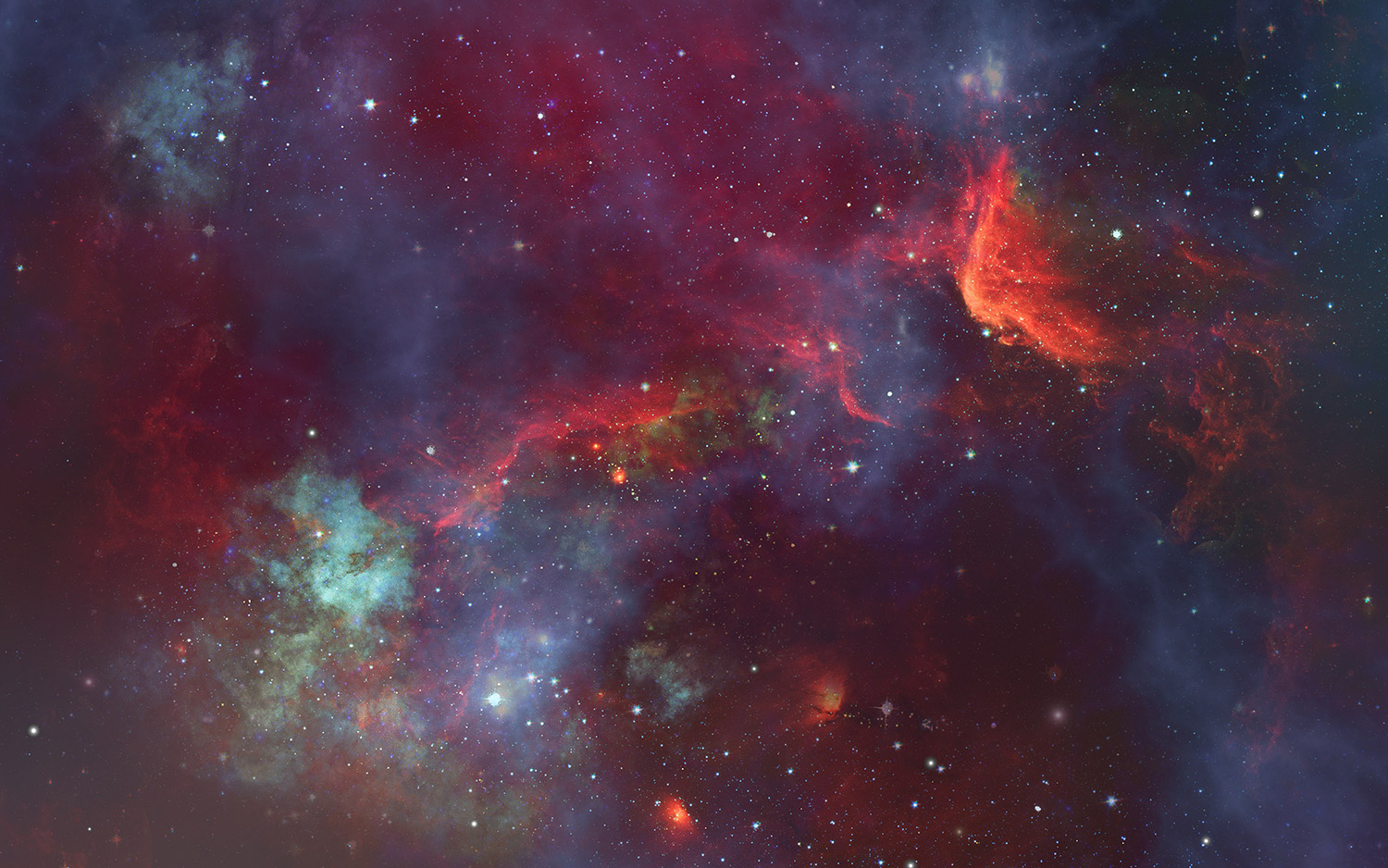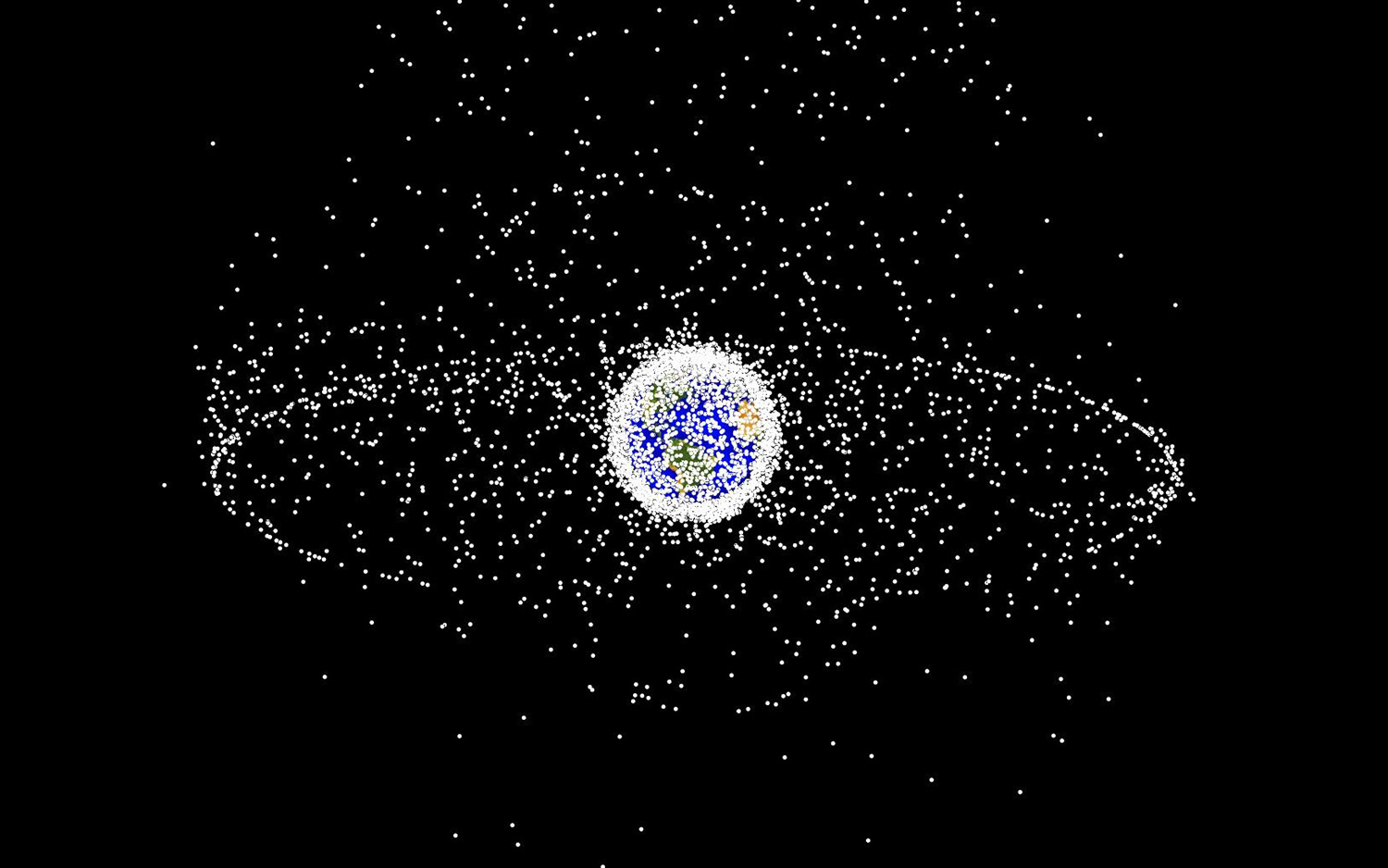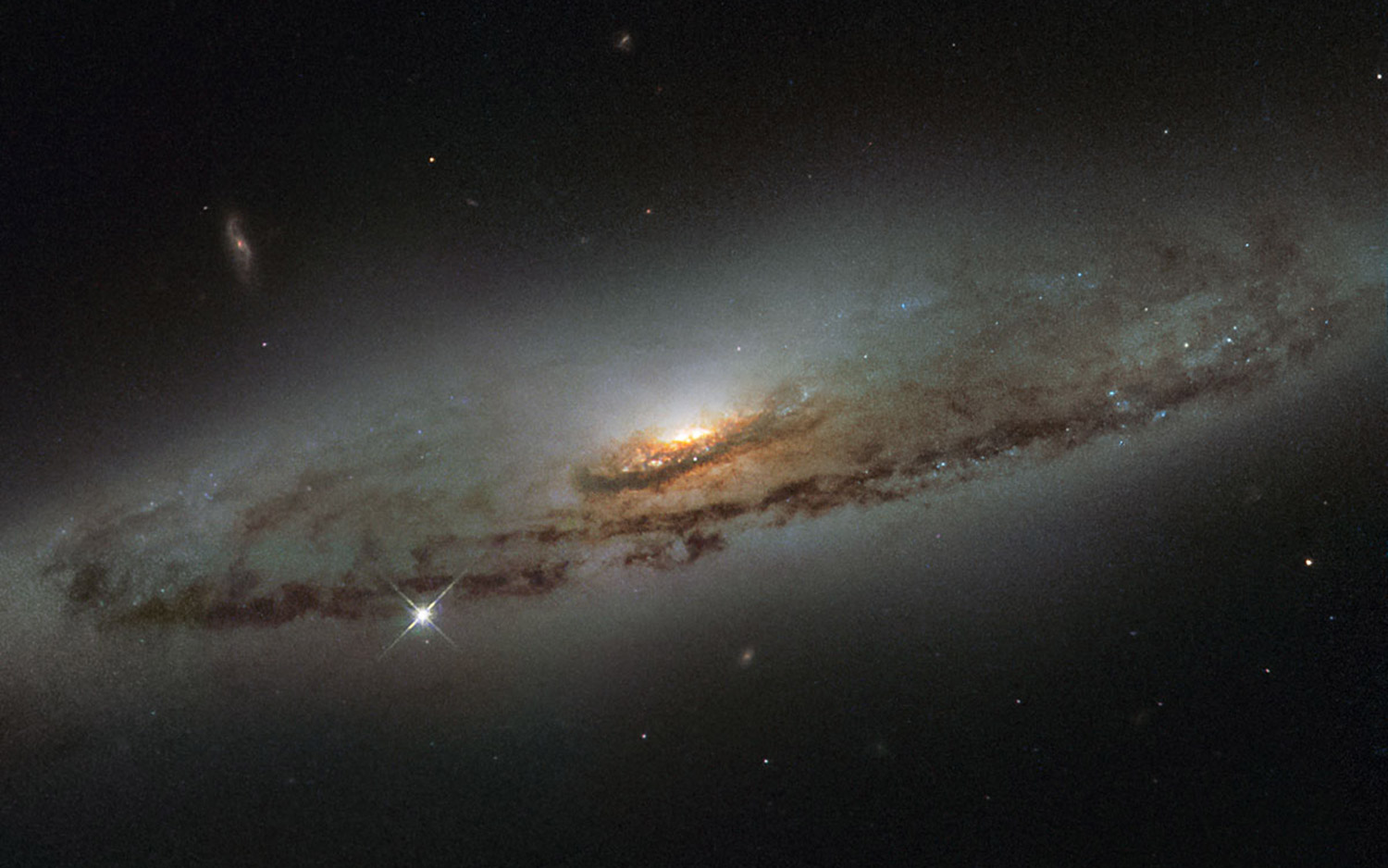Photos: Large Numbers That Define the Universe
Giant numbers

From the grains of sand on all the beaches on Earth to the number of stars in the sky, our universe is teeming with big numbers. Miles beneath our feet, there could lie a quadrillion tons of diamonds. With the addition of only a few zeros, big numbers transform from "countable" to the subject of guesswork. Eventually, their existence pulls at our imagination and requires the crafting of intricate scenarios. They may or may not have a presence in the universe. From the tiniest specks in the universe to the biggest numbers humanity has ever conceived, here are some of the numbers that make up our universe.
Zero

The total energy that makes up the microbes, plants, oceans, planets, stars and galaxies — in other words, our entire universe — is probably … zero. That's because the negative energy in the universe most likely cancels out the positive energy, Live Science previously reported. Physicists consider light, matter and antimatter to be positive energy, while all the gravitational energy between particles has a negative charge. So, everything balances out. A ball at rest on a table has no energy, but if the ball falls off the table, it gains positive energy that is exactly canceled out by negative gravitational energy. As Live Science reported, the Big Bang threw the universe off the "table" where it was resting, as light and matter began moving. And now we are falling. But all the positive energy we gain while falling is balanced out by the negative gravitational field created by these moving particles.
Half a million

There are over half a million pieces of space junk — both meteors and artificial particles — larger than the size of a marble that orbit the Earth, according to NASA. Millions more are too small to track. This computer-generated image illustrates space junk in the geosynchronous region, or around 22,235 miles (35,785 kilometers) in altitude above Earth's equator. And 95 percent of the objects in this picture consist of orbital debris (discarded human-made objects or pieces of objects like non-functional satellites), most of which is concentrated within 1,200 miles (2,000 km) of Earth's surface, according to NASA.
1 Million

One million planets, all capable of supporting life, could theoretically orbit a supermassive black hole, Space.com reported. Astrophysicist Sean Raymond calculated that a black hole that has a mass 1 million times that of the sun and a ring of nine sun-like stars around it could hold 400 rings of planets. Each ring would have 2,500 Earth-mass planets. In such galaxies, "You would never feel alone," Raymond told Space.com. "Other planets would loom huge in the sky." This is, of course, just one scenario of possible planetary systems in the universe — and a very cramped one at that.
18 Billion

Every year, 18 billion lbs. (8 billion kilograms) of plastic waste enters the oceans around the world, according to National Geographic. All of this plastic harms marine life. Turtles are gagging on straws, while whales and seabirds are starving because their bellies are stuffed with plastic, leaving no room for food, according to National Geographic. Around 40 percent of all the world's plastic is produced for packaging, and over 80 percent of plastic used is not recycled, according to Nat Geo.
500 Billion

An average male produces around 525 billion sperm cells over a lifetime and loses around 1 billion of them a month, Live Science previously reported. During a single ejaculation, males release between 40 million and 1.2 billion sperm cells. In contrast, women are born with around 2 million egg follicles but release only about 450 mature eggs for fertilization in their lifetimes. Why the disparity? "Sperm competition" is an "evolutionary imperative" for males across species, according to the article. In other words, the more sperm a male can get close to a fertile egg, the better chances he, rather than some other male, has of being the one to impregnate the woman.
3 Trillion

There are over 3 trillion trees in the world, Live Science previously reported. But this is just an estimate, and the true number could change. And each year, humans may be removing around 15 billion trees while planting just 5 billion. Since the last ice age, 11,000 years ago, humans may have already removed 3 trillion trees, according to the BBC.
Get the Space.com Newsletter
Breaking space news, the latest updates on rocket launches, skywatching events and more!
Quadrillion

The Earth's interior may be filled with a quadrillion tons of diamonds, Live Science previously reported. But these diamonds are unreachable, located around 90 to 150 miles (145 to 240 km) below the surface of the Earth in "roots" of cratons, or large sections of rock that lie beneath most continental tectonic plates. A group of scientists found that seismic waves, or vibrations that run below Earth's surface and vary based on the makeup of the rocks they travel through, tended to speed up when moving through cratonic roots. Their speeds matched those found for virtual rock models composed in part by diamonds.
Quintillion

Ever wanted to count the grains of sand on a beach? Scientists estimated that there are around 7 quintillion grains of sand on all the world's beaches, according to NPR. Well, actually 7 quintillion, 500 quadrillion grains of sand, or 7.5 with 18 zeroes after it. Now, the question is this: To prove that experimentally, would we ever have time to count it all?
Sextillion

Humanity may have left 24 sextillion, 640 quintillion (24.64 x10^21) footprints on this planet since our very early days, according to Newsweek. This calculation was made assuming an average person walks 10,000 steps a day and lives to the age of 65. In a March study in the journal PLOS One, scientists described some of the oldest human footprints found in North America, dating back 13,000 years.
Septillion

There are around 1 septillion (10^24) stars in the universe, according to Space.com. This calculation assumed there were around 10 trillion galaxies in the universe and multiplied that by the Milky Way's estimated 100 billion stars. But even this giant number could be an underestimate since we don't really know how large the universe is, according to Space.com. The observable universe goes back around 13.8 billion years. Beyond that, it could be infinite.
Join our Space Forums to keep talking space on the latest missions, night sky and more! And if you have a news tip, correction or comment, let us know at: community@space.com.











